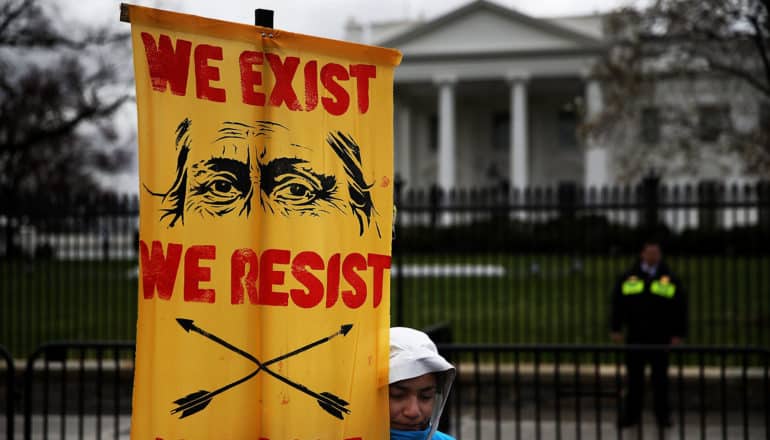
In the 1970s, doctors in the United States performed sterilizations on an estimated 25 to 42% of Native American women of childbearing age, some as young as 15.
Even the lower estimate—one quarter of Native women—is a whopping statistic. The federal government subsidized the sterilizations, which often took place without consent or under great duress.
The procedures marked the culmination of a long history of efforts by federal and local authorities to manage the reproductive lives of Native families, explains Brianna Theobald, an assistant professor of history at the University of Rochester, in her new book, Reproduction on the Reservation: Pregnancy, Childbirth, and Colonialism in the Long Twentieth Century (University of North Carolina Press, 2019).
“The federal government and local authorities have long tried to control indigenous families and women’s reproduction, using tactics such as coercive sterilization and the removal of indigenous children into the white foster care system,” says Theobald.
Her book traces those efforts, but also the response from Native Americans themselves—”widespread activism across Indian country” that arose as a direct consequence of federal reproductive policies.
Theobald adopts as a case study the Crow Reservation in Montana, telling the story of childbearing, motherhood, and activism there from the late 19th century to the present, in relation to federal policies and general trends among healthcare providers on reservations.
She finds that, while essentially colonial in their approach, federal policies regarding Native women’s reproductive decisions were carried out unevenly in the early 20th century, hinging largely on local conditions and actual enforcement on the ground.
“The implementation, or lack thereof, of reproduction-related policies was shaped by local conditions, the availability of resources, the whims of individual employees—and perhaps most significantly, Native response and engagement,” says Theobald.
Here, Theobald answers questions about key elements of her book:
The post Coerced sterilization of Native women occurred in the 70s appeared first on Futurity.
from Futurity https://ift.tt/2pKKYoz
No comments:
Post a Comment